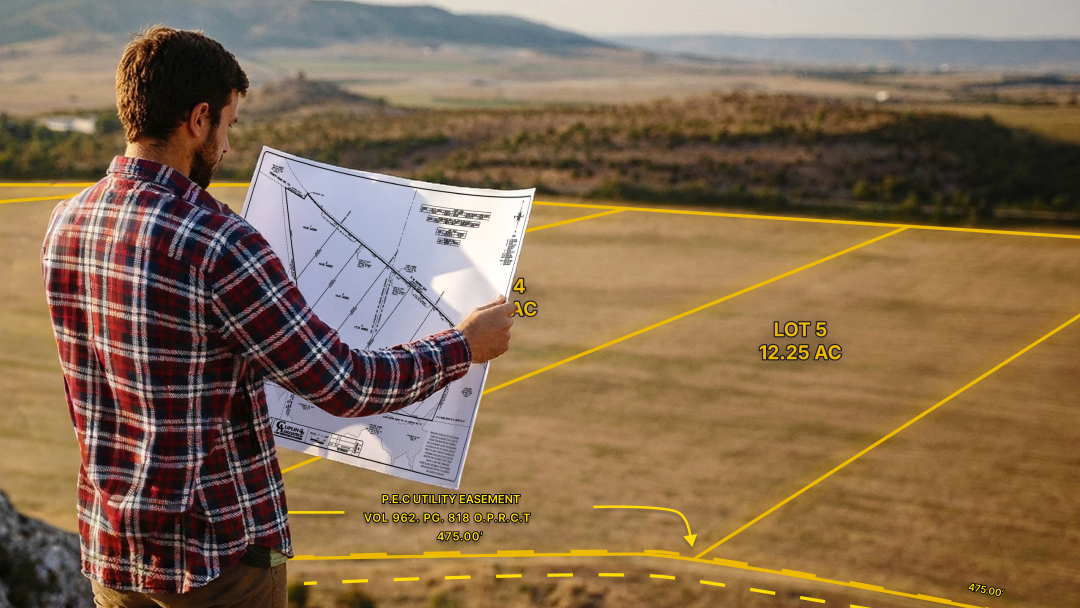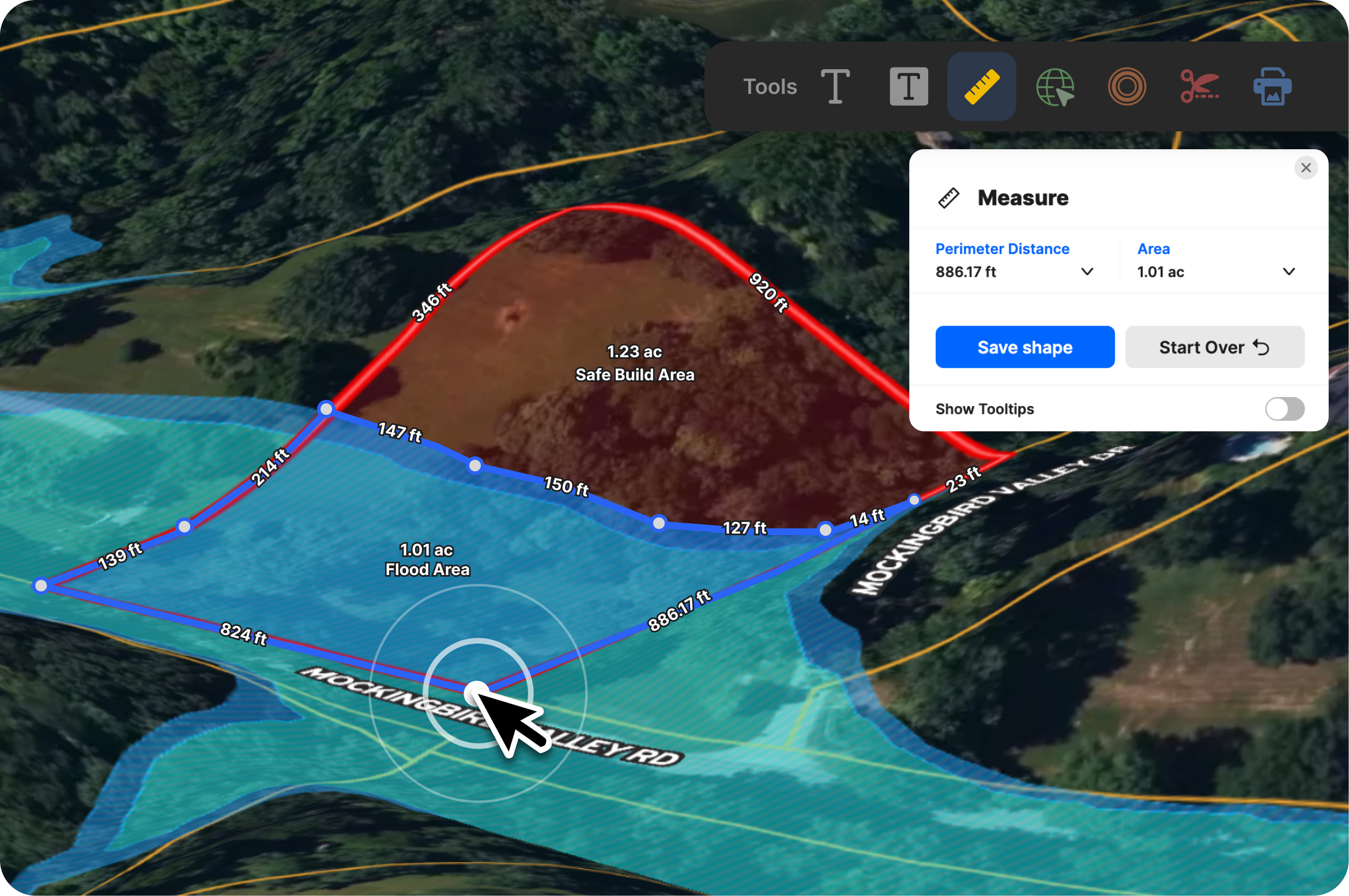Without data, there would be no reason for GIS to exist; the whole point of GIS is to create, manage, analyze, and map data. However, a lot of programs deal with data. What makes GIS so interesting is that it can handle both attribute data, which describes the characteristics of a feature, and geospatial data, which describes the absolute and relative location of a feature.
While attribute data is always represented in tabular format, geospatial data is a bit more varied, as it can be represented in either vector or raster forms. So, what is raster vs vector data, and which is best? Below, we’ll dive into everything you need to know about these two data representations.
Raster vs Vector Data
Raster Data
Raster data is represented as a matrix of pixels arranged into rows and columns, aka, a grid. Each pixel in this grid, also referred to as a cell, contains a value of some sort, which represents a piece of data. In an image, each pixel will have a red, green, and blue value, but the value of a pixel could also represent average rainfall, temperature, elevation, CO2 levels, etc.
Every pixel in a raster dataset is identical in size and shape, and the amount of land each pixel represents is known as the spatial resolution.

Vector Data
One of the main differences between raster vs vector data is how it is represented. While raster data is composed of cells in a matrix, vector data is composed of XY coordinates. These coordinates, also known as vertices, define the shape of an object such as a river, building, forest, road, etc. based on its discrete boundaries.
Another difference between raster vs vector data is that vector data comes in three types: points, lines, and polygons. Vector points are one XY coordinate; they have no length or width, therefore no area. Points are typically just latitude and longitude, and they are often used to represent abstract features, features that are too small to display as a line or polygon on the map, or sample locations. So, you’ll often see cities, buildings, or trees represented as points.
Unlike points, vector lines are used to represent linear features such as roads, streams, and trails, and since they have a start and an endpoint, you can measure their length. And finally, vector polygons are used to represent the boundaries and area of a feature. This could be a city, a lake, a building structure, or virtually anything that takes up space.

Which Should You Use?
Continuous vs Discrete Data
When deciding between raster vs vector models, one of the primary things to consider is whether the data you are representing is continuous or discrete. In general, discrete data is best handled by vector models, while continuous data is best left to raster models.
Discrete features are typically nouns. There are definite changes in characteristics between them, and they have exact boundaries. Examples of discrete objects would be a pond, building, or county. Continuous data, on the other hand, is more fluid. Continuous data is often a measure of concentration level, and there aren’t sharp changes between values. Instead, it smoothly transitions from one value to the next. For instance, temperature, soil pH, elevation, CO2 levels, and air pressure would all be continuous data types.
Advantages Of Raster Models
Since each raster cell represents just one value or attribute, it’s much easier (and faster) to do mathematical calculations and modeling with raster data. Plus, while vector models tend to do a poor job storing and displaying continuous data, the grid surface of a raster model is well suited for doing so.
Advantages Of Vector Models
When it comes to displaying linear paths and feature boundaries, vector models are by far the better choice. To start, the graphical output tends to be much more aesthetically pleasing, especially considering that raster models can end up looking rather pixelated when scaled. In contrast, vector points, lines, and polygons can be scaled up or down without sacrificing quality. Plus, if you have multiple data fields and attributes to store, vector models will once again be the better choice, as vector data points can have as many attributes as you choose.
Make The Most Of Your Data With Land id®
Regardless of whether you’re working with raster vs vector data, Land id® (formerly MapRight) has all of the tools you need for success. With Land id®, you can choose between nine different base layers, toggle on over two dozen pre-loaded GIS layers, and even upload your own datasets (in vector or raster form). Once you’ve selected the data you want to include, you can utilize a wide range of styling and customization features to personalize your map, such as automatic labeling tools to add clarity, icons that help viewers instantly know what they’re looking at, and color coding to keep your data organized.
The best part is that Land id® was designed to be intuitive and user-friendly enough for anyone to use, whether you’ve been working with GIS for years or are just getting started. So, are you ready to take your data to a whole new level? Sign up for your 14-day free trial of Land id® now!
FAQs

Continue Reading





